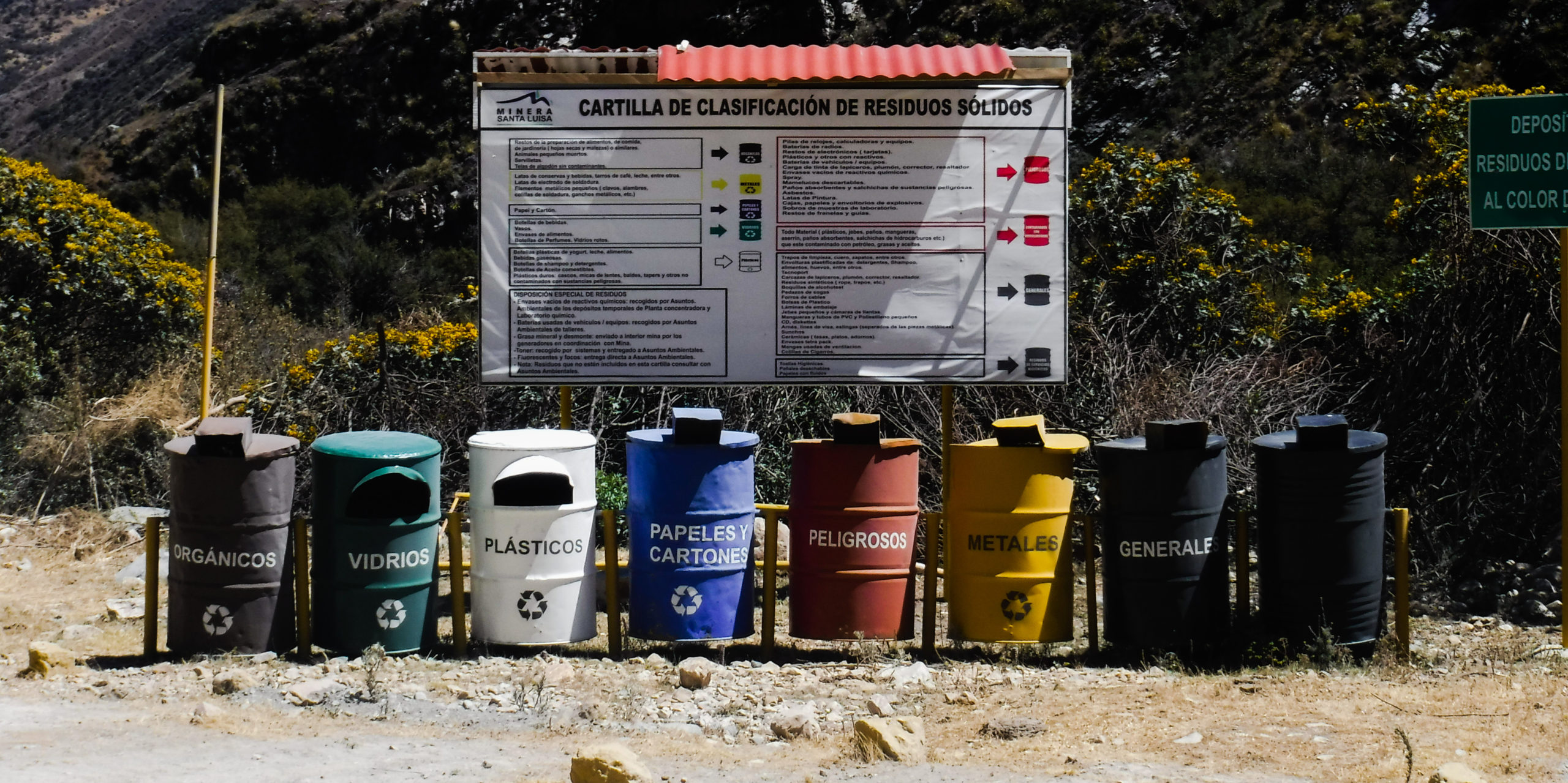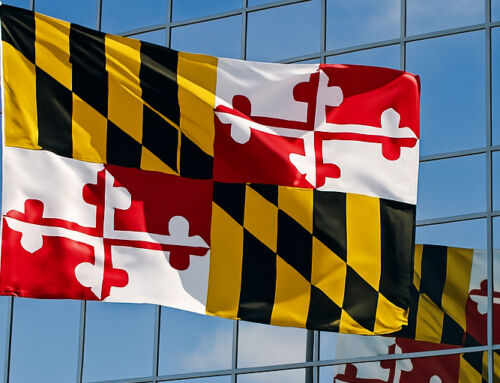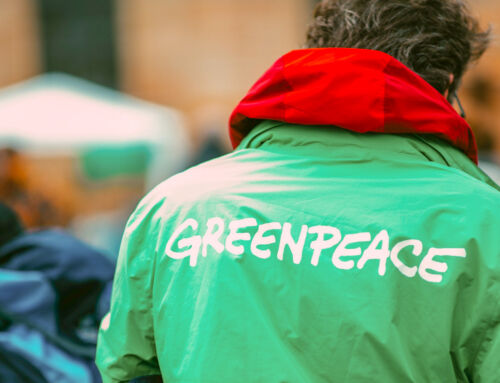View by Topic
Recent Articles
-
Migratory Bird Treaty Act Does Not Prohibit Incidental Take – AgainSaturday, April 19th, 2025
-
President Trump’s Bold Step to Rein in State Overreach in Climate ChangeSaturday, April 12th, 2025
-
Mandatory GHG Disclosures in Maryland Real Estate ContractsSaturday, April 5th, 2025
-
NYC Building Electrification Ruling is Interesting But Not a Game ChangerSaturday, March 29th, 2025
-
Greenpeace Ordered to Pay $667M in Blow to ActivismSaturday, March 22nd, 2025
View by Month/Year
“Green Building Law Update” Headlines
Recent Articles & News from
Stuart Kaplow’s blog
at GreenBuildingLawUpdate.com
- Migratory Bird Treaty Act Does Not Prohibit Incidental Take – Again April 20, 2025
- President Trump’s Bold Step to Rein in State Overreach in Climate Change April 13, 2025
- Mandatory GHG Disclosures in Maryland Real Estate Contracts April 6, 2025
- NYC Building Electrification Ruling is Interesting But Not a Game Changer March 30, 2025
Subscribe to the Green Building Law Update!
Stuart Kaplow brings his expertise and extensive experience to the table with his unique digital publication, "Green Building Law Update". Subscribers receive regular updates to keep them informed about important issues surrounding Environmental Law, Green Building & Real Estate Law, as well as the emerging demand for Environmental Social Governance (ESG).
Get fresh content through the lense of Stuart Kaplow's cutting-edge expertise, innovative commentary and insider perspective. Don't miss another issue! Subscribe below.

EPA Releases Draft National Recycling Strategy
The U.S. Environmental Protection Agency has released a draft National Recycling Strategy and is seeking public comment through December 4, 2020, with the goal of finalizing it in early 2021.
Maybe not since Plato wrote about the value of reusing waste in the fourth century BC has recycling faced the challenges that we are seeing right now. The draft National Recycling Strategy is released against a backdrop where our current recycling, largely based on notions from the 1960s, no longer makes economic sense. This draft identifies strategic objectives and actions needed to create a stronger, more resilient U.S. solid waste recycling system.
“Recycling is a key driver of the U.S. economy and a way to conserve resources and protect the environment. Environmental benefits include reducing the amount of waste sent to landfills and incinerators, which can reduce the amount of air emissions released into the atmosphere.”
EPA reports the total generation of municipal solid waste (.. yes, a subset of all waste, but a good datapoint) in 2018 was 292.4 million tons or 4.9 pounds per person per day. Of that waste generated, approximately 69 million tons were recycled and 25 million tons were composted. Together, 93.9 million tons of waste were recycled and composted, equivalent to a 32.1% recycling and composting rate (.. but, it is suggested that may reflect “collected for recycling” and not necessarily recycled). However, in response to recent international policy changes related to accepting recyclables, see my blog post The World is Forced to Rethink Recycling, and major domestic changes in use patterns related to more time spent at home and other Covid-19 challenges (e.g., Baltimore City has not collected recycling since August), anecdotal evidence suggests recycling numbers have decreased sharply in 2020.
On November 16, EPA Administrator Wheeler announced the goal to increase the U.S. recycling rate to 50 percent by 2030. The strategy recognizes the historic broad failures of recycling programs and that stressing those programs are factors including: confusion about what materials can be recycled; recycling infrastructure that has not kept pace with today’s diverse and changing waste stream; reduced markets for recycled materials; and varying methodologies to measure recycling system performance.
What may be called for is a better approach to resource use and operation of buildings. It is important to accept that EPA’s authority to regulate recycling is fuzzy at best, beyond the agency’s implementation of the Resource Conservation and Recovery Act. Most solid waste collection in the U.S. is at the municipal level.
Benefits of recycling are obvious including conserving natural resources, such as timber, water and critical minerals; and preventing pollution by reducing the need to collect new raw materials. Economic and community benefits include increasing economic security by tapping a domestic source of materials; supporting American manufacturing; conserving valuable resources; and creating jobs in the recycling and manufacturing industries. EPA’s data shows recycling and reuse activities accounted for approximately 757,000 jobs, $36.6 billion in wages, and $6.7 billion in tax revenues
But in response to all of that, including the historic low success rates in recycling programs, EPA has begun a redoubled effort to focus on recycling challenges facing states and municipalities and private (e.g., Cradle to Cradle) programs. In recent years, there have been plastic bag bans, bars on plastic drinking straws and just last month I wrote a blog post, Maryland Becomes First State to Ban Polystyrene this Thursday.
This new federal strategy organizes high-level actions around three strategic objectives to improve the cacophony of state and municipal recycling systems by reducing contamination in the recycling stream, increasing processing efficiency, and improving markets.
To read the draft National Recycling Strategy and provide comments visit: https://www.epa.gov/americarecycles/national-recycling-strategy-and-framework-advancing-us-recycling-system
And we continue to work with businesses to pursue their waste goals, including achieving near zero waste while cutting their carbon footprint and supporting public health, and in satisfying LEED, Green Globes and IgCC waste management plan requirements. Some of the most satisfying sustainability work we have done is working with businesses to maximize resource use and facility operations.
With no good market in which to sell most recyclables and existing laws barring much domestic reuse, it is now time to rethink the solid waste practices that are currently not supported by good science, and disproportionately negatively impact on economically disadvantaged people, which recycling practices have been largely unchanged since the 1960s.









